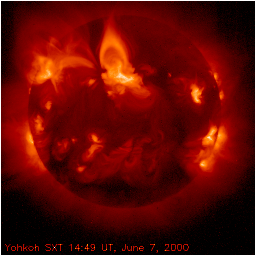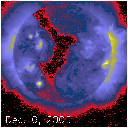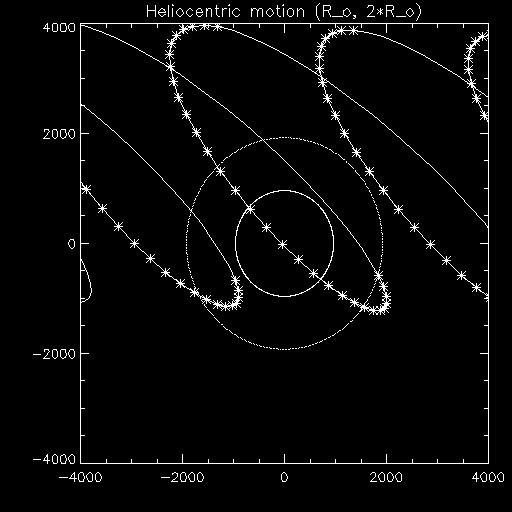
Attention! This page is NOT maintained any more. Go to YLA Nugget page for maintained version.
Weekly Science Notes from the Yohkoh Soft X-Ray Telescope
These weekly science notes are intended to give an unspecialised but scientifically fluent view of the X-ray observations of the Sun from made by Soft X-Ray Telescope (SXT) aboard the orbiting Yohkoh satellite. A nugget is a lump, esp. of native gold or other precious metal. These weekly science notes are nuggets, in the sense that they may have a rough exterior, but they have a precious substance beneath the surface.
Sometimes the authors of
these nuggets -- the scientists who operated SXT -- get carried away with
technical jargon. When that happens, use the glossary
and/or the list of acronyms.
To find all nuggets on a given subject, see the
topic index or use the
search window
at the bottom of this page.
 |
|
 |
|
 |
|
 |
|
 |
|
 |
|
|
|
|
|

|
This site is mirrored in
several locations; please choose the one that is best for you:
|
Weekly Science Notes from the Yohkoh SXT are not appropriate for citation in scientific publications